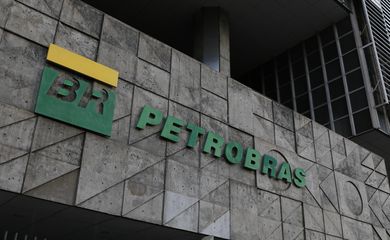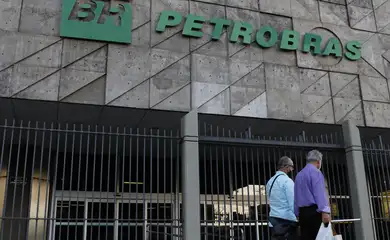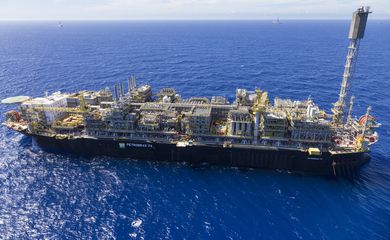
Petrobras broke the record for the deepest exploratory oil well in Brazil, with a depth of 7,700 meters. The drilling was in the pre-salt region of the Espírito Santo Basin, 145 kilometers (km) off the coast, in an area known as Monai. The news was released by the company this Friday (10).

The drilling also surpassed the largest layer of salt ever drilled in the country, at 4.85,000 meters thick. Located on a new exploratory frontier, the drilling of the Monai well was characterized by a scenario with significant technical challenges and a high level of operational complexity.
The well was drilled in a location with a water depth - distance between the water surface and the seabed - of 2,366 meters. The previous depth record was for the well known as Parati, one of the precursors to the pre-salt discovery, drilled in 2005, in the Santos Basin, with 7,630 meters.
"The intensive use of technology and the efficient performance of the teams involved also allowed us to reduce the well drilling time by approximately 50%, compared to the historical average for projects of this nature and complexity, which also represents a significant cost reduction . The exploration of this new frontier in the Espírito Santo Basin pre-salt reaffirms Petrobras' focus on operating in ultra-deep waters through partnerships with other companies", highlighted the Production Development director, João Henrique Rittershaussen.
Unlike an oil-producing well, an exploratory well aims to obtain information about the characteristics of the drilled rocks, their geology, existing pressures and the presence of oil or gas reservoirs. The drilling of wildcat well Monai obtained all the geological information expected for the proper assessment of the area. The data obtained are being analyzed to define the future of the ES-M-669 block.
The great depths reached posed a series of challenges for Petrobras. In general, the deeper the bore, the more compact and denser the existing rocks. For comparison purposes, the drilling speed close to the seabed reaches about 100 meters per hour. On very deep horizons, such as in the final stages of Monai, drilling speed drops to less than 5 meters per hour.
Block ES-M-669 was acquired in 2013, in the 11th Round of Concessions of the National Agency for Petroleum, Natural Gas and Biofuels (ANP). Petrobras is the operator in the block with a 40% stake, while Equinor and Total, which complete the formation of the consortium, have 35% and 25% respectively.
Text translated using artificial intelligence.




